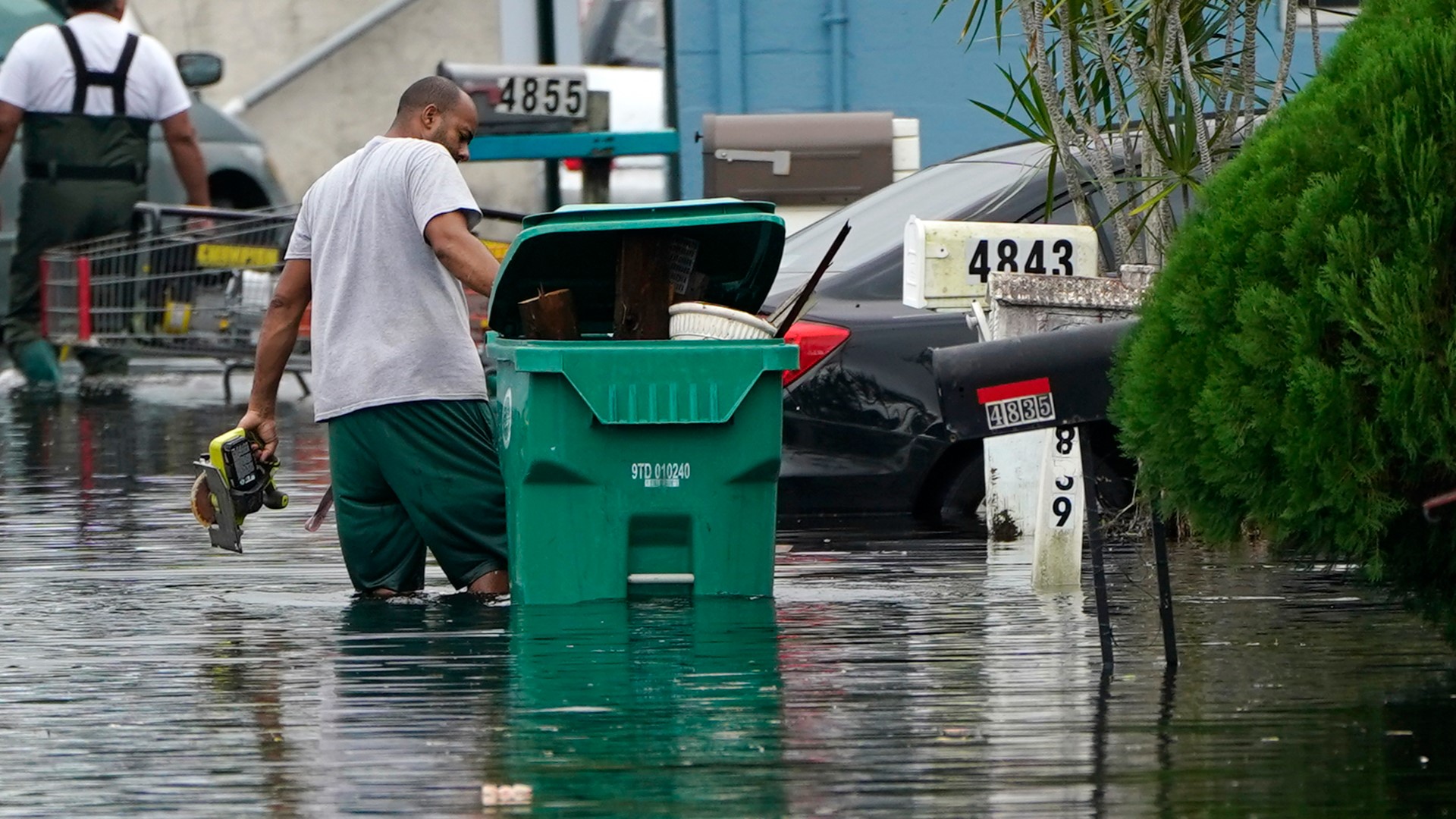ST. PETERSBURG, Fla. — It's expected the majority of flood insurance policyholders will see an increase in their monthly premiums as the Federal Emergency Management Agency changes how it determines flood risk.
The exact amount, however, will be based on where you live and a host of other factors.
Starting Friday, April 1, renewing policies will be subject to the National Flood Insurance Program's Risk Rating 2.0 methodology. New policies as of Oct. 1, 2021, already are using the new system. Traditionally, according to FEMA, premiums were largely determined by a property's elevation within a zone on a Flood Insurance Rate Map.
The pricing system didn't consider other risk factors, such as flood frequency, storm surge, coastal erosion, cost of rebuilding and the like — no longer. FEMA says these new factors and more will go toward creating more equitable, federally-backed insurance premiums. It concludes homeowners with lower-value homes are paying more for their share of the risk while owners of higher-value homes are paying less.
"Because Risk Rating 2.0 considers rebuilding costs, FEMA can equitably distribute premiums across all policyholders based on home value and a property’s unique flood risk," the agency said.
Roughly 23% of current flood insurance policyholders nationwide will see an average decrease of $86 per month, on average, according to FEMA. More people will experience an increase: 66% of current policyholders' premiums will go up, on average, by about $0-10 or higher.
In Florida, the figures look like this:
- 19.8% of policies will see a decrease in their monthly premium
- 68.2% of policies will go up by about $0-10 per month, on average
- 7.8% of policies will go up by $10-20 per month, on average
- 4.2% of policies will go up by more than $20 per month, on average
The vast majority — about 80.2% of all flood insurance policies, or 1.4 million — will experience some sort of increase. At the most extreme, 22,865 policies will go down by $100 or more and 1,151 policies will go up by $100 or more a month.
Last fall, 10 Tampa Bay interviewed Chris Dailey who was building in St. Petersburg's Shore Acres neighborhood — an area that's seen its fair share of flooding. Even though he said he's building houses above the flood plain, a quote prior to and after the new pricing system showed about a $4,500 difference per year.
Florida Sen. Marco Rubio and other Republican colleagues in the U.S. Senate are calling upon President Joe Biden's administration to delay implementing Risk Rating 2.0 given what may be a sudden increase for many people. They say their "Homeowner Flood Insurance Transparency and Protection Act" would force FEMA to release its methodologies for how the agency calculates rates and what future premiums may look like.
On its website, FEMA lists a 64-page document on methodologies for Risk Rating 2.0 and general calculation examples. It recommends people speak with their agent to "learn more about the value of flood insurance."
"Policyholders deserve to know how much they are going to be paying over the full course of this program and why, especially during a time of record inflation and gas prices," cosponsor Cindy Hyde-Smith, R-Mississippi, said in a statement, in part.

